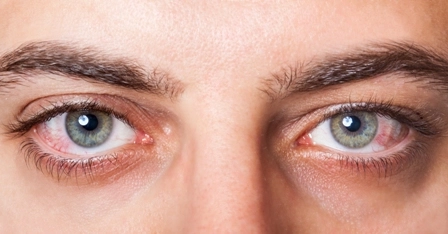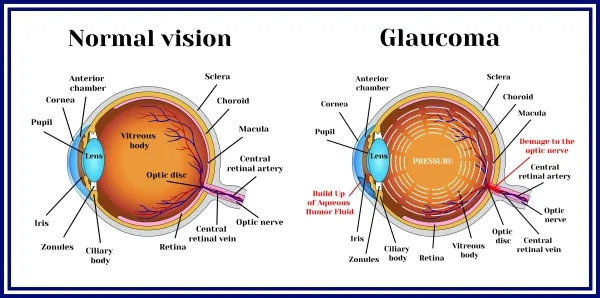Ophthalmology and Optometry Coding Alert
Imaging:
Know These 5 Facts About Fundus Photography Coding
Published on Mon Mar 12, 2018

You’ve reached your limit of free articles. Already a subscriber? Log in.
Not a subscriber? Subscribe today to continue reading this article. Plus, you’ll get:
- Simple explanations of current healthcare regulations and payer programs
- Real-world reporting scenarios solved by our expert coders
- Industry news, such as MAC and RAC activities, the OIG Work Plan, and CERT reports
- Instant access to every article ever published in Revenue Cycle Insider
- 6 annual AAPC-approved CEUs
- The latest updates for CPT®, ICD-10-CM, HCPCS Level II, NCCI edits, modifiers, compliance, technology, practice management, and more
Related Articles
Other Articles in this issue of
Ophthalmology and Optometry Coding Alert
- Imaging:
Know These 5 Facts About Fundus Photography Coding
Hint: Watch your diagnosis codes every time you report 92250. Fundus photography is one of [...] - Compliance:
Avoid This Ophthalmologist's Fate — Know How to Spot Inducements
Hint: Internal audits can help you avoid kickback allegations. Health care auditors are increasing their [...] - ICD-10 Coding Quiz:
Can You Answer These Eye-Related Diagnosis Coding Questions?
Evaluate your ICD-10 knowledge with this quick quiz. You may find it challenging to select [...] - ICD-10 Coding Quiz Answers:
Check Out How You Fared in Our Diagnosis Coding Quiz
How did you fare in our ICD-10 on the coding quiz? Read on for the [...] - E/M Coding:
3 FAQs – And Answers – About Inpatient E/M Coding
Most ophthalmologists use the outpatient E/M codes far more often than they bill hospital visits, [...] - You Be the Coder:
Should You Avoid 92002 for Refraction?
Question: When we perform refraction, should we use an E/M code like 99212 or an [...] - Reader Question:
Heed This Documentation Shift
Question: Our ophthalmologists complain about having to re-document the elements of E/M services they perform [...] - Reader Question:
Look to H44.3 Section for Chalcosis
Question: Our ophthalmologist saw a patient in the hospital who had been admitted by a [...] - Reader Question:
Modifier Q6 Is Your Key to Locum Tenens Pay
Question: We have never submitted a claim for a locum tenens (LT) physician, but we [...]
View All




